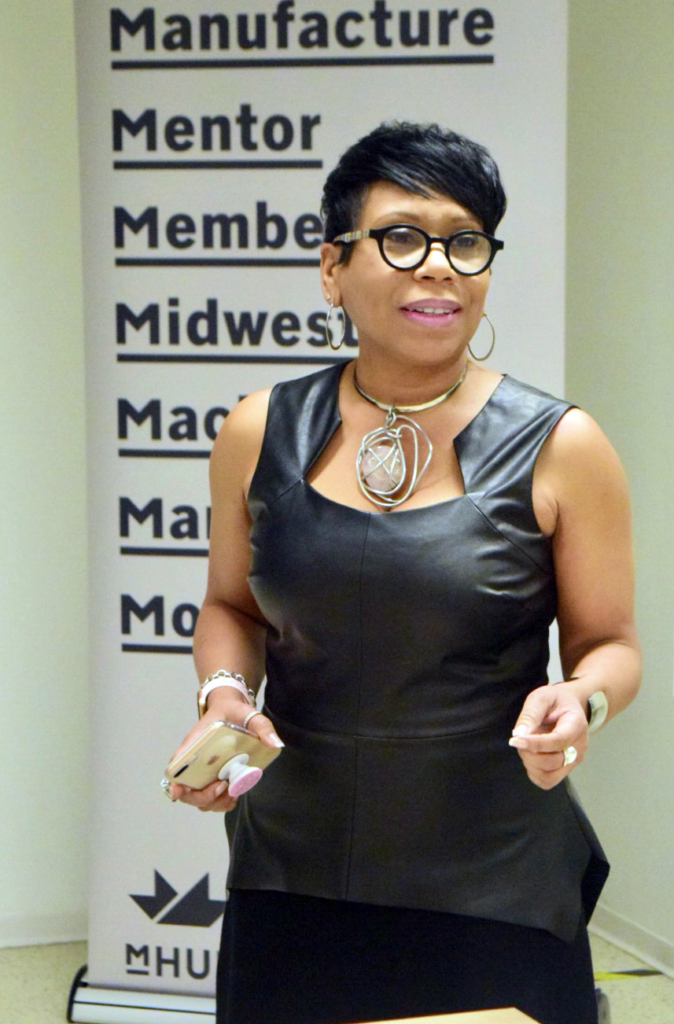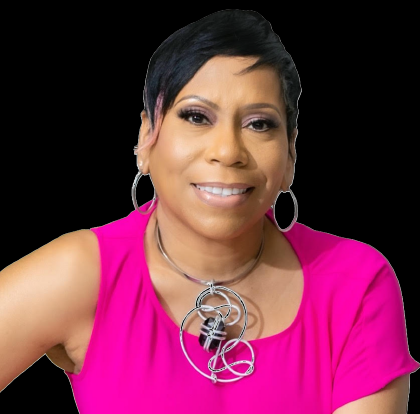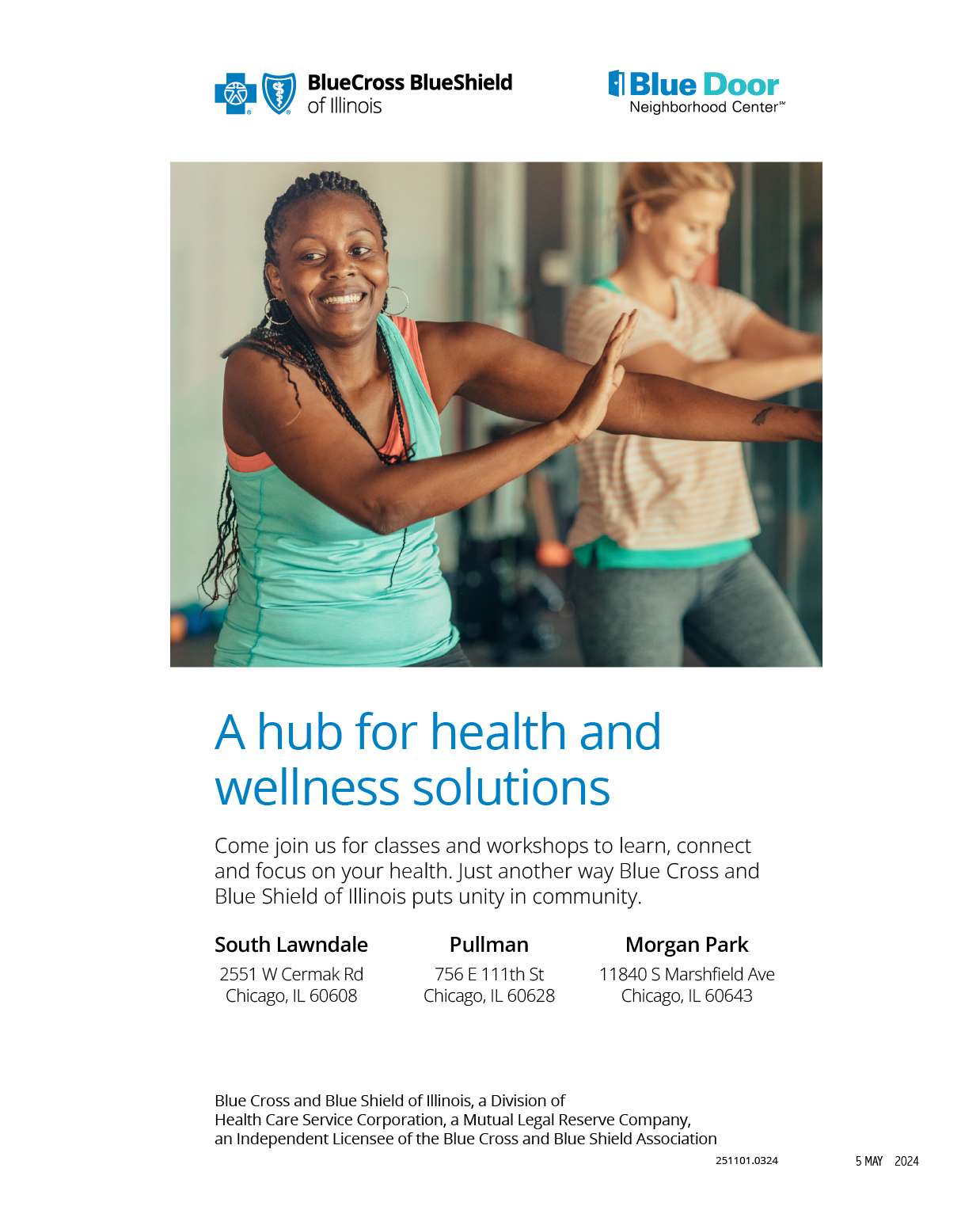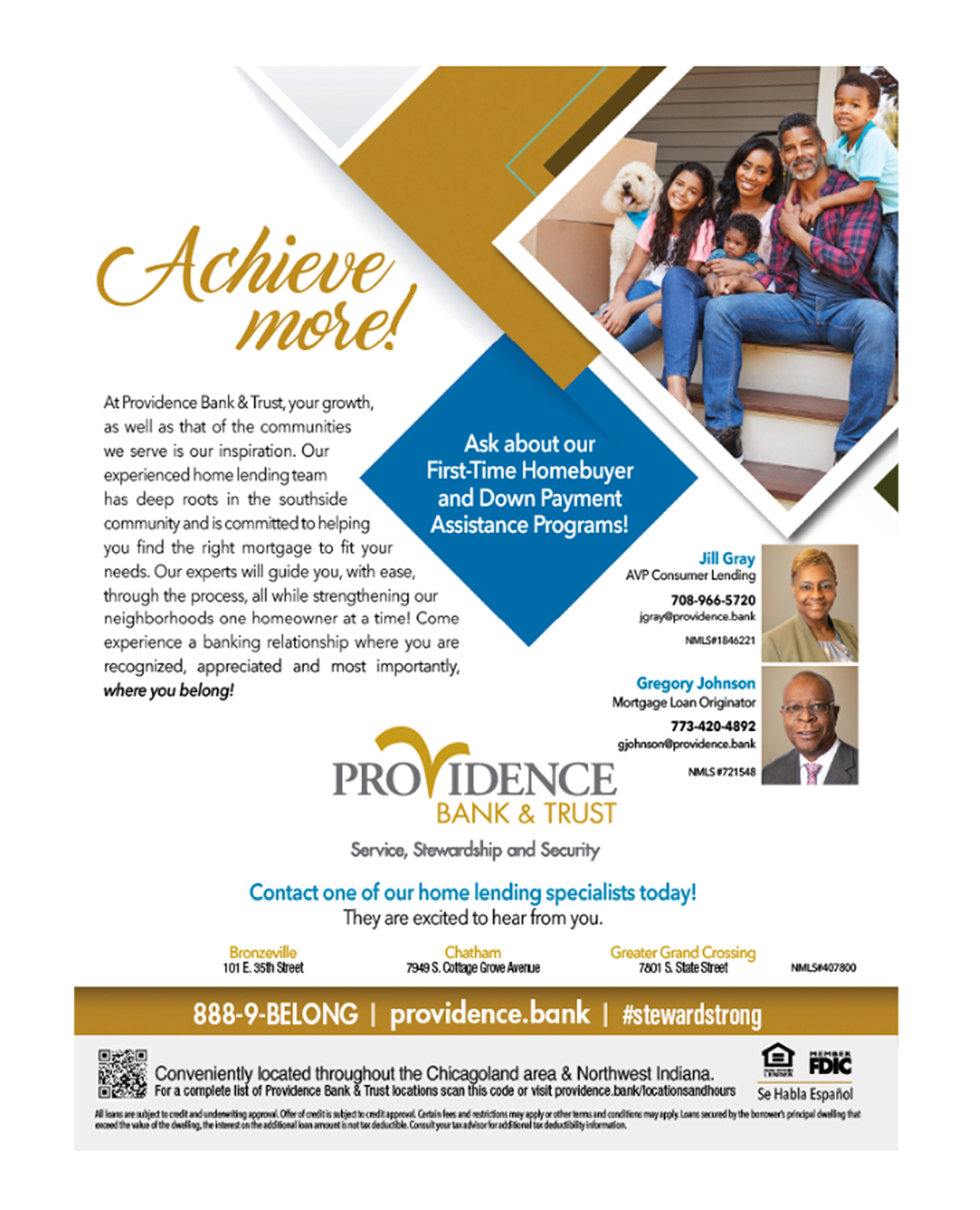Born and raised in Chicago, the youngest of four girls, Pat E. Perkins always knew she wanted to be a leader and wanted to lead teams. She recalls when she was seven years old, at the beach, leading a team of small children putting together a sandcastle.
A Dunbar Vocational High School graduate, she received her undergrad degree and her Master’s in Management Information Systems from Roosevelt University. At the time she received her Master’s degree she was working for AON Corporation, leading a large HR technology initiative across their enterprise. She later got a role implementing the Y2K initiative at Sara Lee Corporation, then moved to RR Donnelly where she was the Program Manager for their largest implementation of technology across their organization and got all the project managers that reported to her PMP certified as project management professionals.
A pivotal point in her career journey came in 2003 when at RR Donnelly she switched managers. “When your manager changes, sometimes you don’t know where your career is going,” she explained. So, she hired a life coach. As she worked with the life coach, she realized that she had been coaching staff members for performance all along, and then and there she made the decision that Life Coaching was the direction in which she was going to take her life. She became certified as a Life Coach in 2004 and started her life coaching business in January 2005.
Pat explains that she is not just a life coach, but a life and leadership strategist. “I help leaders advance in their career and in their life,” she explains. Her clientele consists primarily of diverse leaders from mid-level to executive levels in their corporate positions.
Fifty percent of her clients come to her directly through referrals, word-of-mouth based on a previous client’s success, or social media marketing. The other fifty percent come to her through their corporate contracts. “Either the leader has a blind spot, they have a gap in their performance, or their Line Manager has a coach and they think it would be a good idea for their direct report to have a coach also,” she told us.
Procrastination is often an issue that her clients must learn to overcome in order to achieve success. Often, Pat says, procrastination is due to a lack of clarity and confidence, under the umbrella of fear or disbelief in one’s ability to do the thing they want to do. But she also says the easiest way to get beyond that is to have clarity, like a roadmap, or a checklist of things to do and handle. Secondly, you need the courage to actually take the action and do it. And taking consistent right action towards your goals builds confidence over time.
Another issue is environment. Sometimes the environment you create or you find yourself in, does not support the accomplishments or goals that you want in life. For instance, if you want to lose weight, and in your refrigerator, you have a lot of ice cream or a lot of snacks in your cabinet, or you’re going out to dinner every night eating unhealthy meals all the time, then you have created an environment that when done in excess, defeats your ability to lose weight.
Leaders, she explained, sometimes don’t know how to create healthy relationships with their manager, or with their co-workers or peers. Relationships are important, and it takes powerful relationships to move one’s career forward.
Pat’s clientele is largely diverse across genders, cultures, and nationalities. She notes that to coach diverse humans, you need to have some core values that are inclusive. What is unique and different is helping them get out of their own way in terms of the stories they create based on their ethnicity. She explains that “Statistically, it has been proven that minorities are either stuck or stalled more so than the majority, and African Americans especially are often the last to be promoted and last to have equity in terms of our compensation packages.” But she also states that it’s not just with white Americans, we are lower on the totem pole sometimes than Hispanics and Asians. “It goes back to environment,” she states, “If you have an environment that fosters diversity, equity, inclusion, and belonging, then you have a better opportunity and better probability to advance in your career faster and further. And your compensation package will be equal to those who hold that same position in any other company or in the same company you work for.”
When Pat helps people who are having challenges trying to fit into the culture, she says that what she actually does is help them see their value add, in other words helping them to be more of a culture add, then a culture fit. “We’re not really designed to fit into all the spaces and places,” she explains, “What we’re actually designed to do is to stand out. Yes, we’re to assimilate to a point, to ununderstand the culture and see how things work. But we’re really designed to be an addition to the culture, in our unique value proposition, in the unique way that we show up. I don’t subscribe to fitting in, I subscribe to adding your unique value and standing out.”
Pat has coached many individuals up and out of their current situation, their current environment and sometimes their current company. She states that her zone of genius is to empower them to get the right focus, to get the right results and to get recognized by the right people so that they can get promoted in that same organization right now versus never. However, if they can’t, then she will definitely coach them to go to another organization that appreciates and acknowledges them and compensates them for their contribution.
Some cultures inside a corporation are toxic, she notes. Those cultures are not set up or designed to have people thrive, but rather to have them survive. And when any individual or a leader feels that they are in survival, this causes stress, it causes illness and people suffer and the company’s goals will actually suffer as well. Life coaches have conversations with their clients to find out whether that person is a survivor or a thriver. In order to do this as a life coach you must create an environment of trust with that client, and they’ll tell you how things really are, and their experiences in those environments. So, her ultimate goal is to help them either transform their experiences or transform their environment.
As a life coach, Pat helps her clients build advocacy, meaning strong, powerful relationships and then she helps them take actions that are consistent with what they want and what the organization wants from them as well.
I asked Pat how a person comes to know they need a life coach. Her answer: “Often people will say they feel stuck in their life or in their career. They keep having what I call ‘Groundhog Day’ where they keep taking action, but they are not getting any results. They feel stalled or they feel like their life is in a repeated pattern, and we need to break the pattern. We need to disrupt the pattern and that’s what I help them do.”
For a person who needs it but looks at life coaching as a luxury for people with disposable incomes, Pat says, “You can’t not afford to invest in your life and in your career. You can’t not afford to hire a coach because we get one life, and we should fulfill all the potential we have for that life. There is no better investment than to invest in yourself.”
In terms of her approach, Pat notes, “I’m a bit contrarian in my career advancement strategies. They are not the norm, which is why they work so fast. They are different and unique from what other life coaches or career coaches would do.”
Pat has a success record. She has been able to help her clients increase their compensation packages anywhere from over 50 percent to one of her latest, which was over 91 percent. Pat has also helped her clients increase their confidence and clarity. Life coaching is a worthwhile investment.
Pat can be reached at pat@pateperkins.com or all social media at @PatEPerkins. One of the best ways to connect with her is on LinkedIn.
